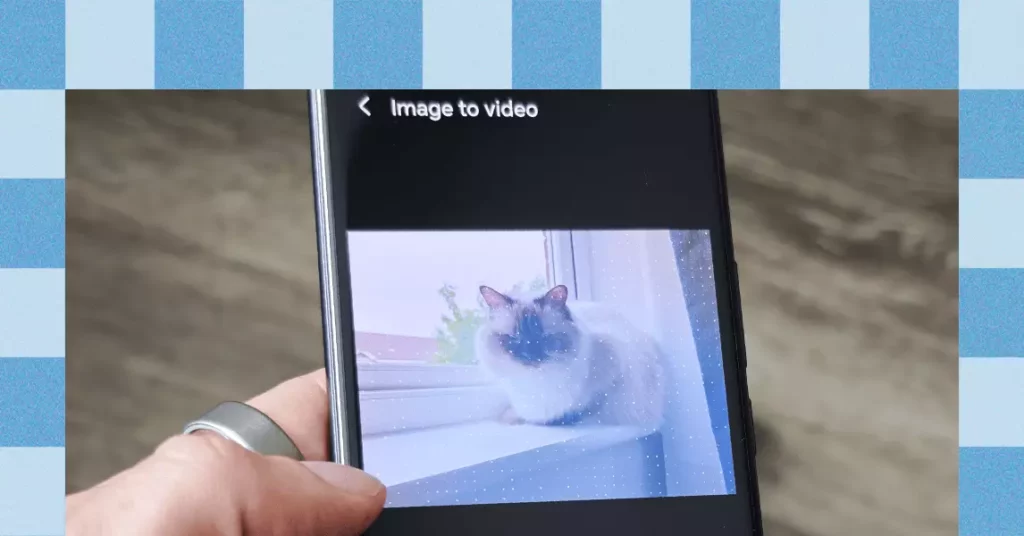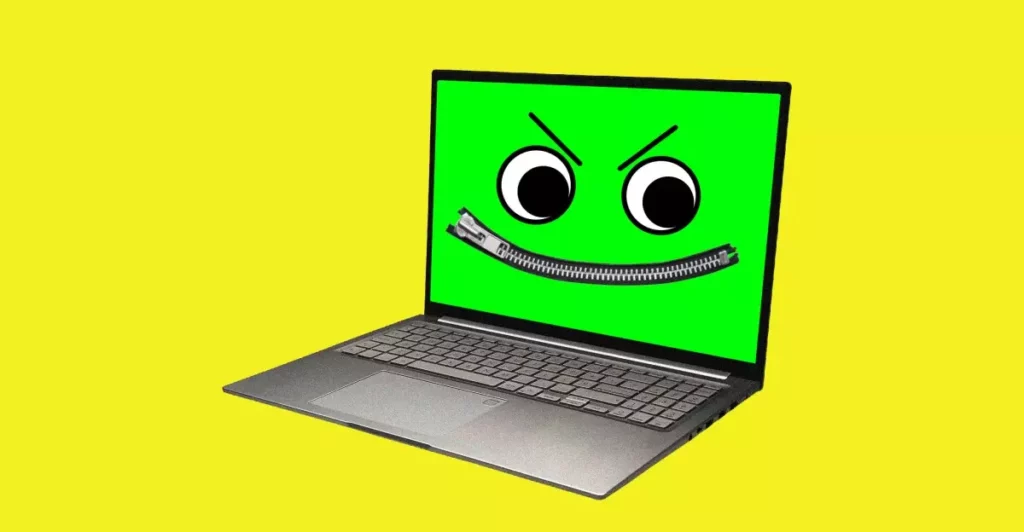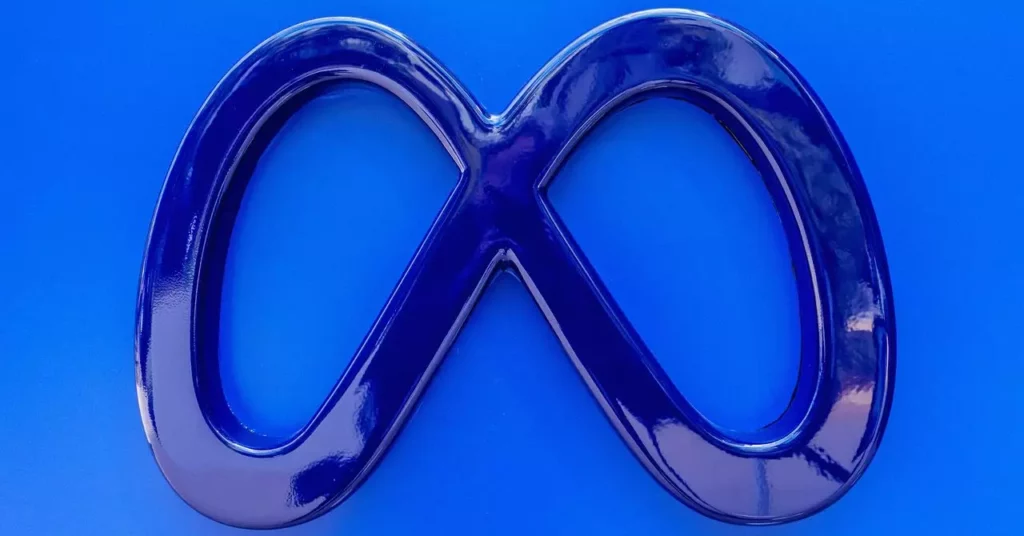In a market dominated by high-end flagships, midrange smartphones are often overlooked, dismissed as mere stepping stones for consumers who can’t afford the latest premium feature sets. However, the Honor 400 and 400 Pro are challenging this preconceived notion with innovations that push the boundaries of smartphone photography. These devices, while unavailable in the U.S. market, offer a glimpse into the future of digital content creation, where AI technology not only assists users but transforms the very nature of what we perceive as a photograph. It’s time for enthusiasts and casual users alike to embrace the glimpse of creative freedom provided by these devices.
Revolutionizing Memories with Motion
AI’s entry into photography transcends traditional editing apps that only enhance existing images. The Honor 400 and 400 Pro allow users to convert still images into short, animated video clips with minimal effort. Accessible via the Honor Gallery app, this feature streamlines the user experience and democratizes creativity. Imagine being able to take a static family portrait and, with just a few taps, turn it into a lively five-second video. This capability invites a new level of engagement with our memories, stirring emotions and sparking moments of nostalgia that static images simply can’t convey.
However, this innovation isn’t without its flaws. Users frequently encounter uncomfortable results, where facial movements and gestures appear exaggerated or misaligned, bordering on the uncanny. This dichotomy—between stunning and awkward—reflects the broader impact of AI on digital media. On one hand, we celebrate the artistry and excitement of creativity pushed to its limits; on the other, we grapple with the ethical implications of what constitutes an authentic representation of reality.
Artistry vs. Deception: The Ethical Quandary
As artistic expression blends seamlessly with advanced machine learning, the ethical considerations become crucial. While the potential for storytelling expands greatly, one must genuinely interrogate the boundary between genuine creativity and deceitful manipulation. When does playful innovation tip into the territory of fake representation? The immediacy and ease of creating dynamic visuals give rise to a disturbing ambiguity in how we understand memory and experience in our digital lives.
For instance, the ability to alter candid family moments into cheerful animations might seem robustly creative, but what does this mean for authenticity in our interactions? Are we enhancing our connection with friends and family, or are we inadvertently constructing a façade borne out of convenience? As these discussions gain traction, both casual users and content creators must navigate the complex terrain of digital integrity with caution as they embrace these emerging technologies.
The Exhilaration of Uncertainty
The early user experiences with AI-generated video transformations illustrate a broad spectrum of outcomes, leaving participants caught between delight and discomfort. While some users may create picturesque animations of serene landscapes, moments involving loved ones may produce more disquieting perspectives. Yet, therein lays the thrill of AI technology—it’s a double-edged sword capable of generating awe and unease in equal measure. As we explore the boundaries of creativity and technology, we must allow ourselves to be comfortable with uncertainty.
With widespread access to AI-driven tools, a new wave of creators may redefine the landscape of visual storytelling. The uncertainty experienced through both beautiful and bizarre outputs reflects a changing narrative, where users are no longer just consumers of media but active participants in the creation process. The challenge, however, lies in the responsibility we take on as we wield these powerful tools.
The Road Ahead: Trusting our Digital Reality
In an era where visual fidelity and artistic expression can easily falter, the implications of technologies like those featured in the Honor 400 and 400 Pro extend well beyond aesthetics. Trust and authenticity are at the forefront of conversations concerning digital media. As the lines blur between real and artificially generated content, society will inevitably grapple with questions concerning representation, integrity, and truth in an increasingly fluid digital landscape.
As we embrace these technological advancements, we must be vigilant in our quest for authentic connections, while simultaneously celebrating the exhilaration brought on by innovation. The duality present in AI-enhanced creativity pushes us not only to reevaluate our traditional understanding of artistry, but to also engage with the complexities that arise from our rapidly evolving technological milieu. It’s an exciting yet introspective journey that challenges us to grow, adapt, and redefine our relationship with visual media.









Leave a Reply